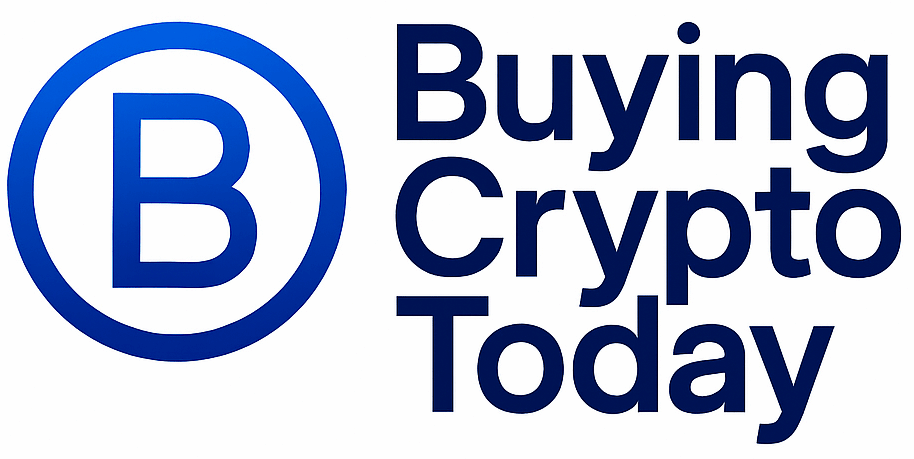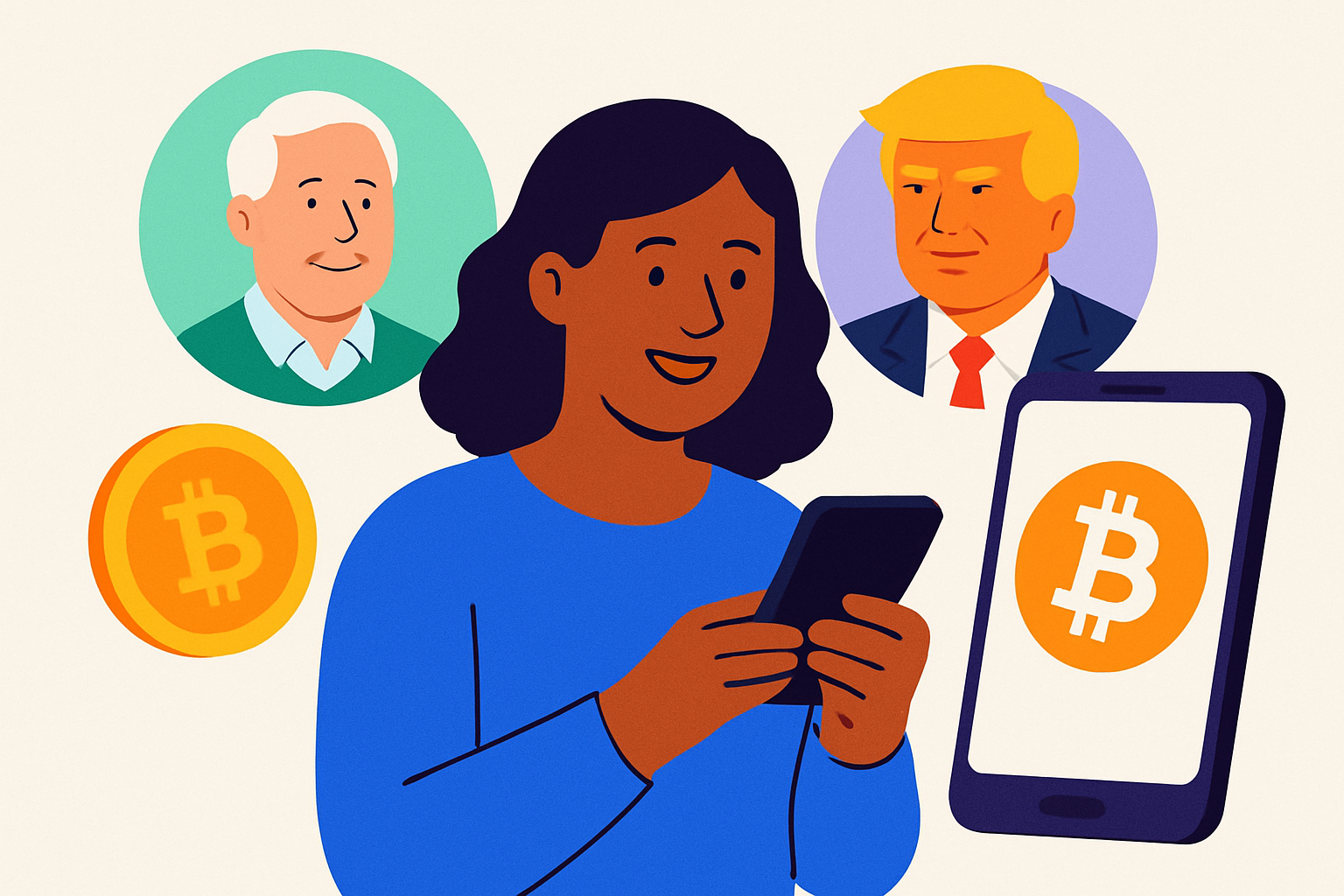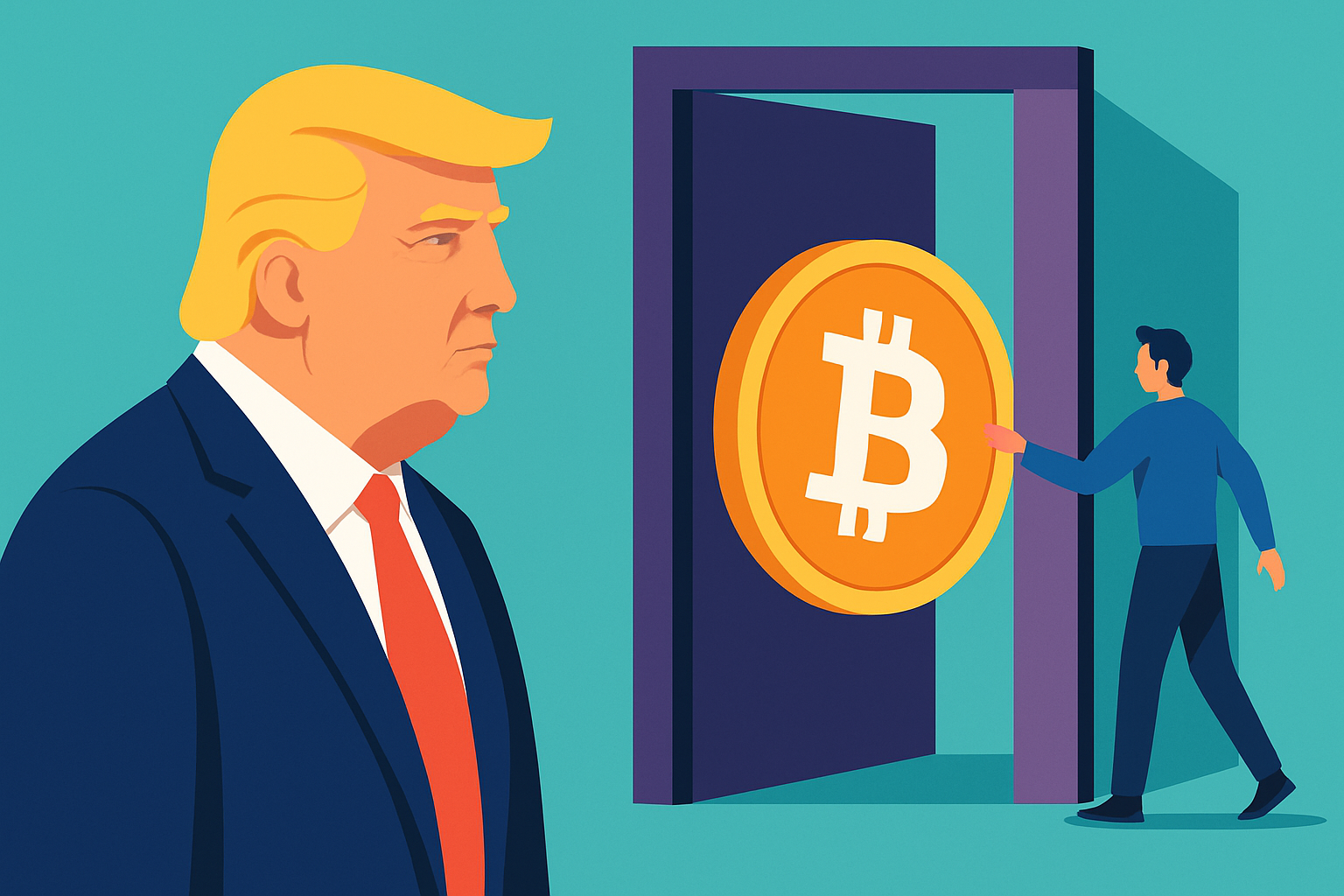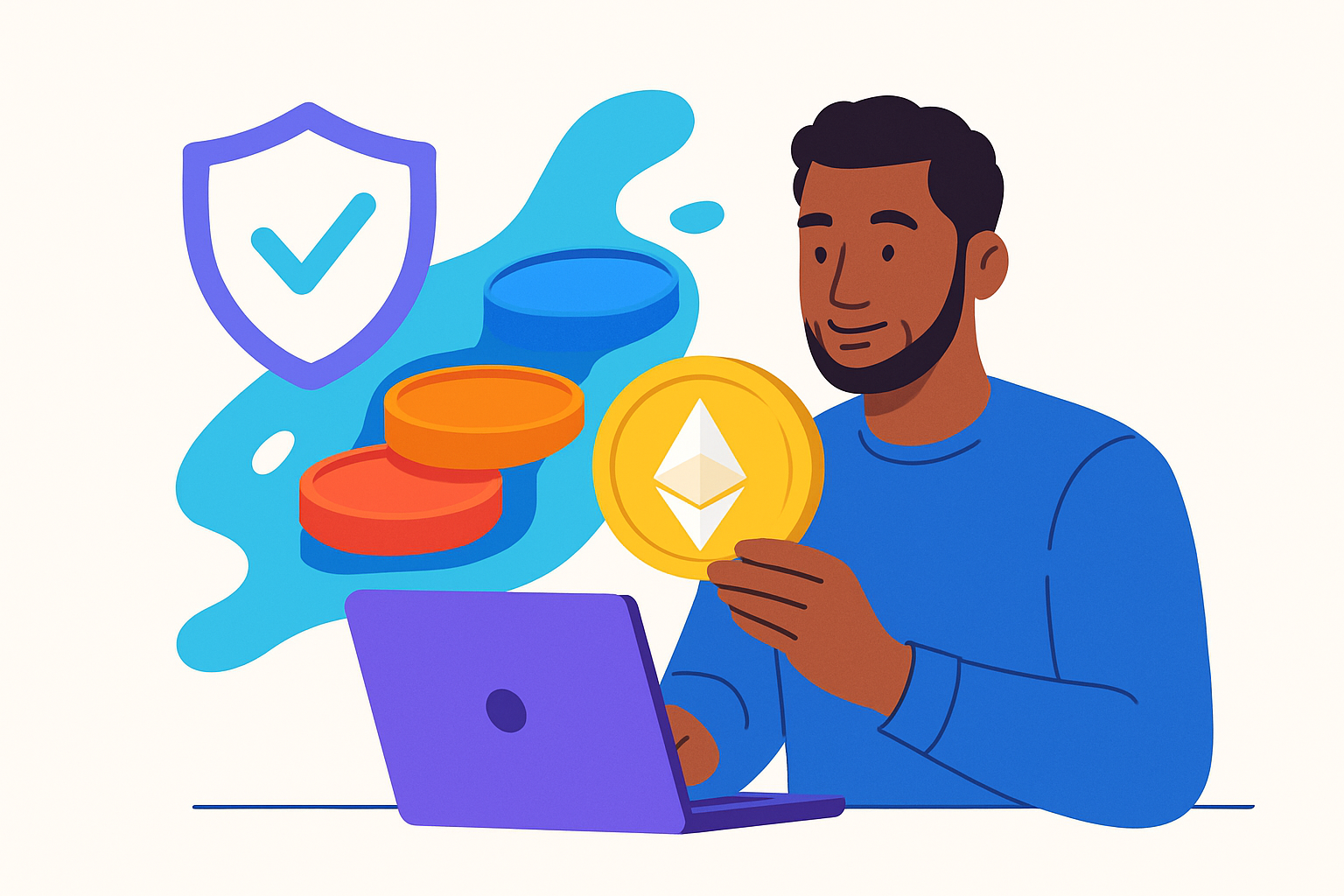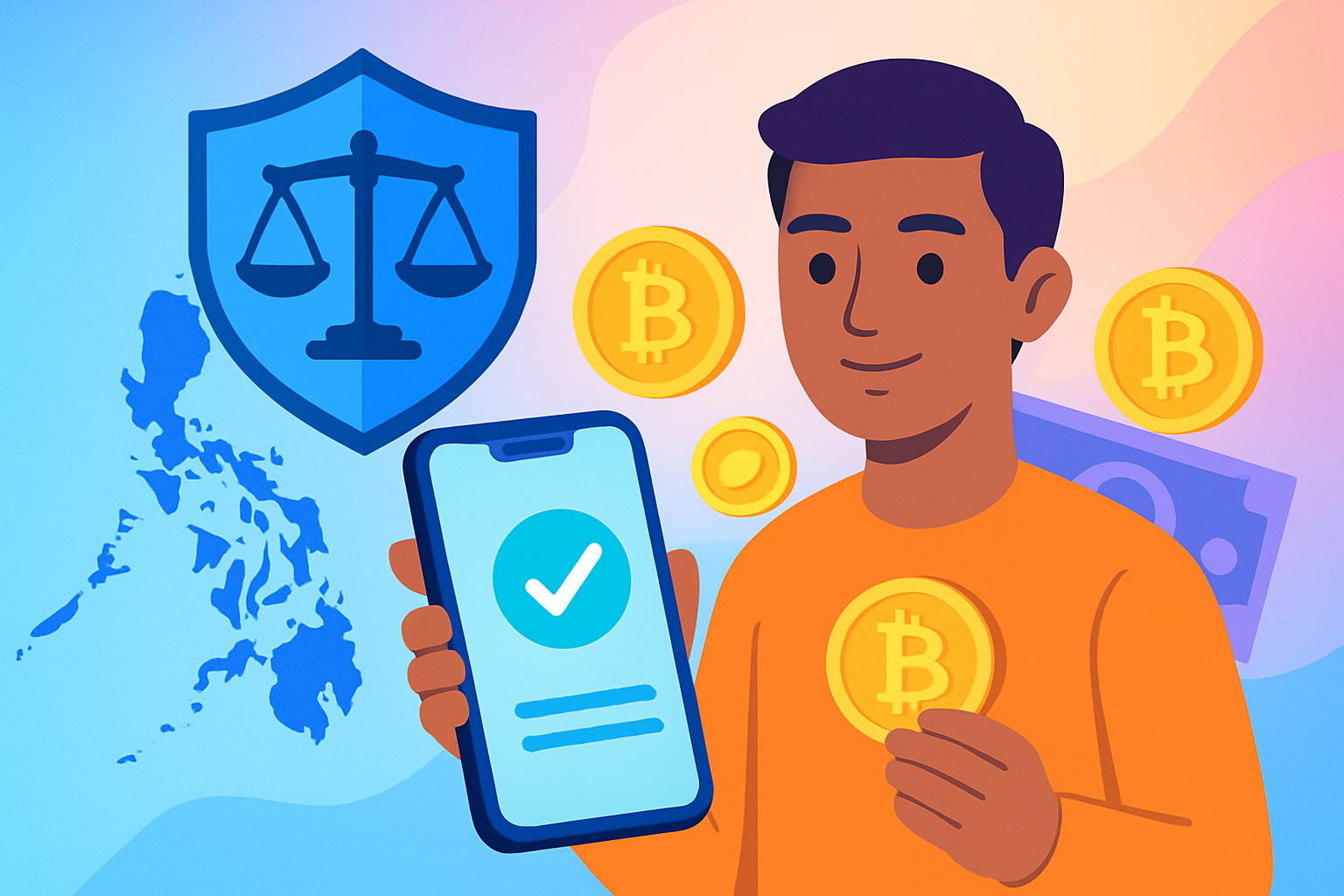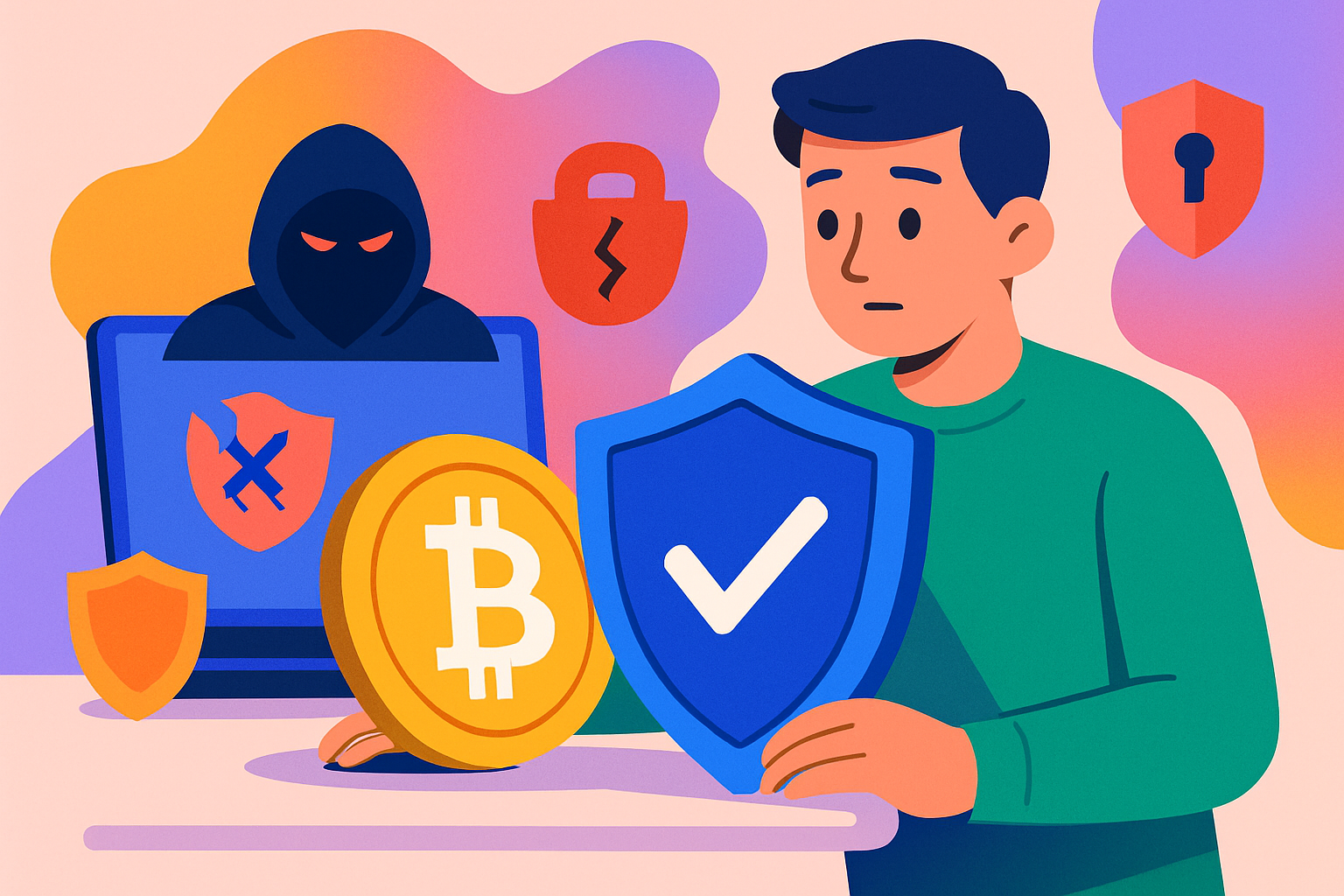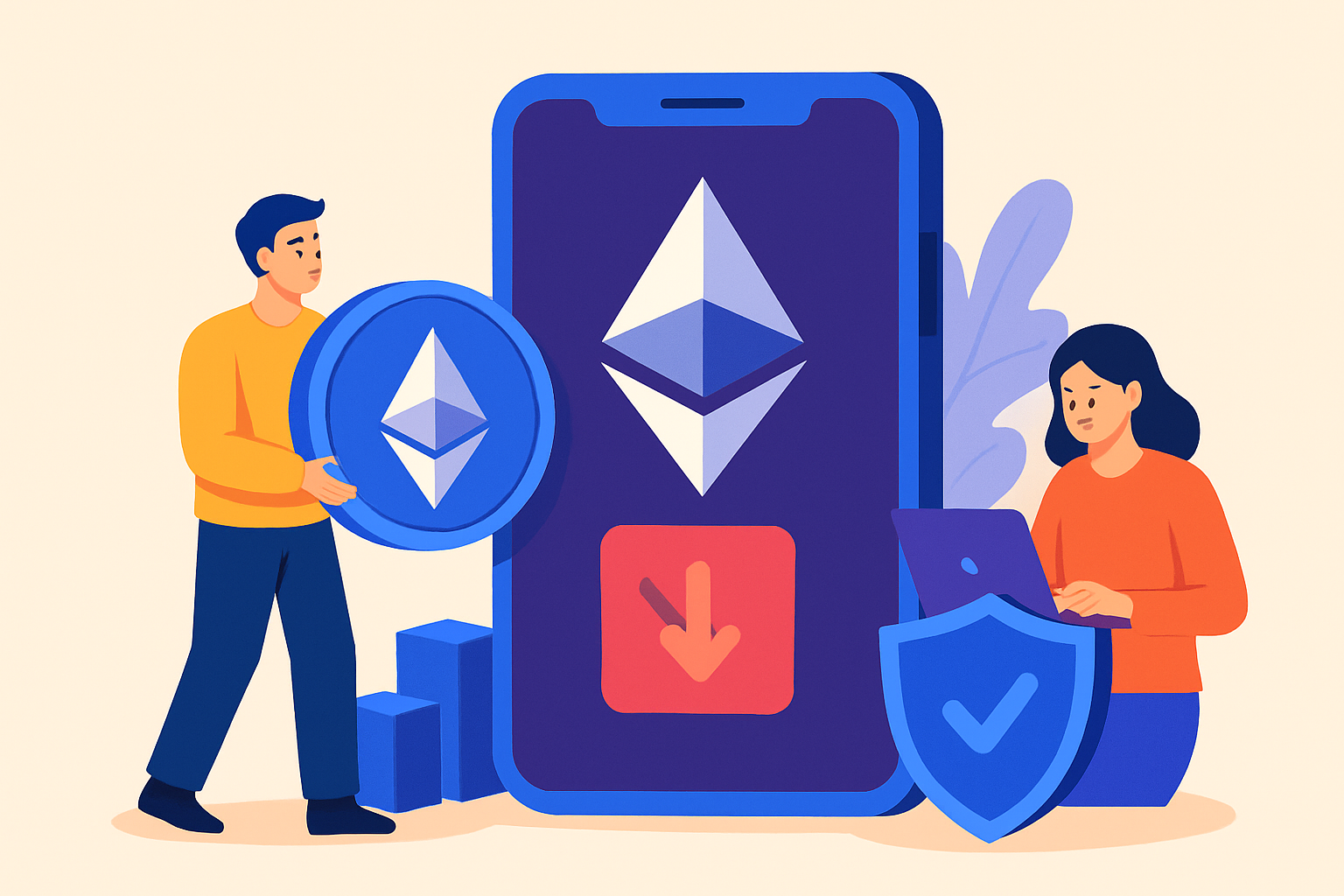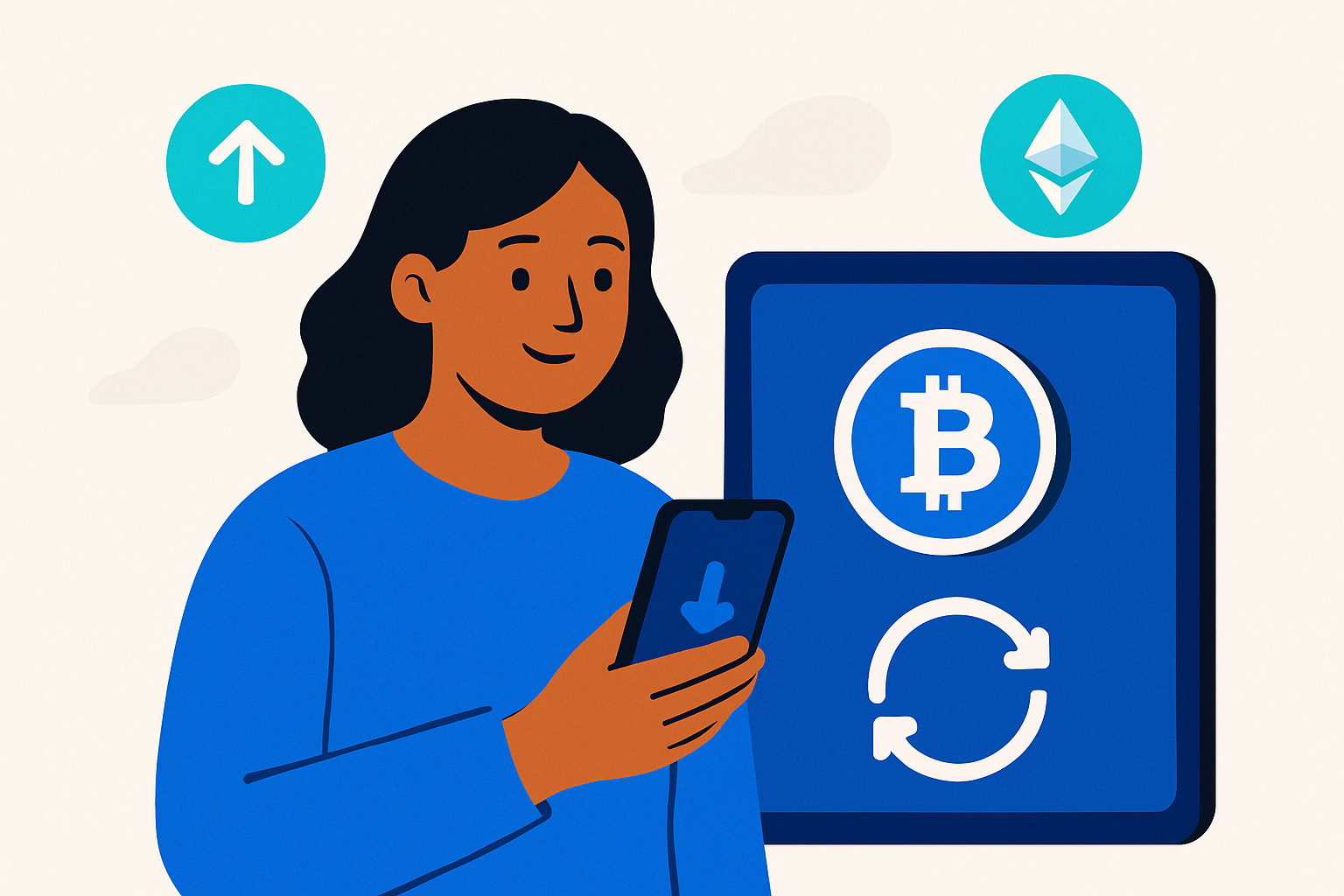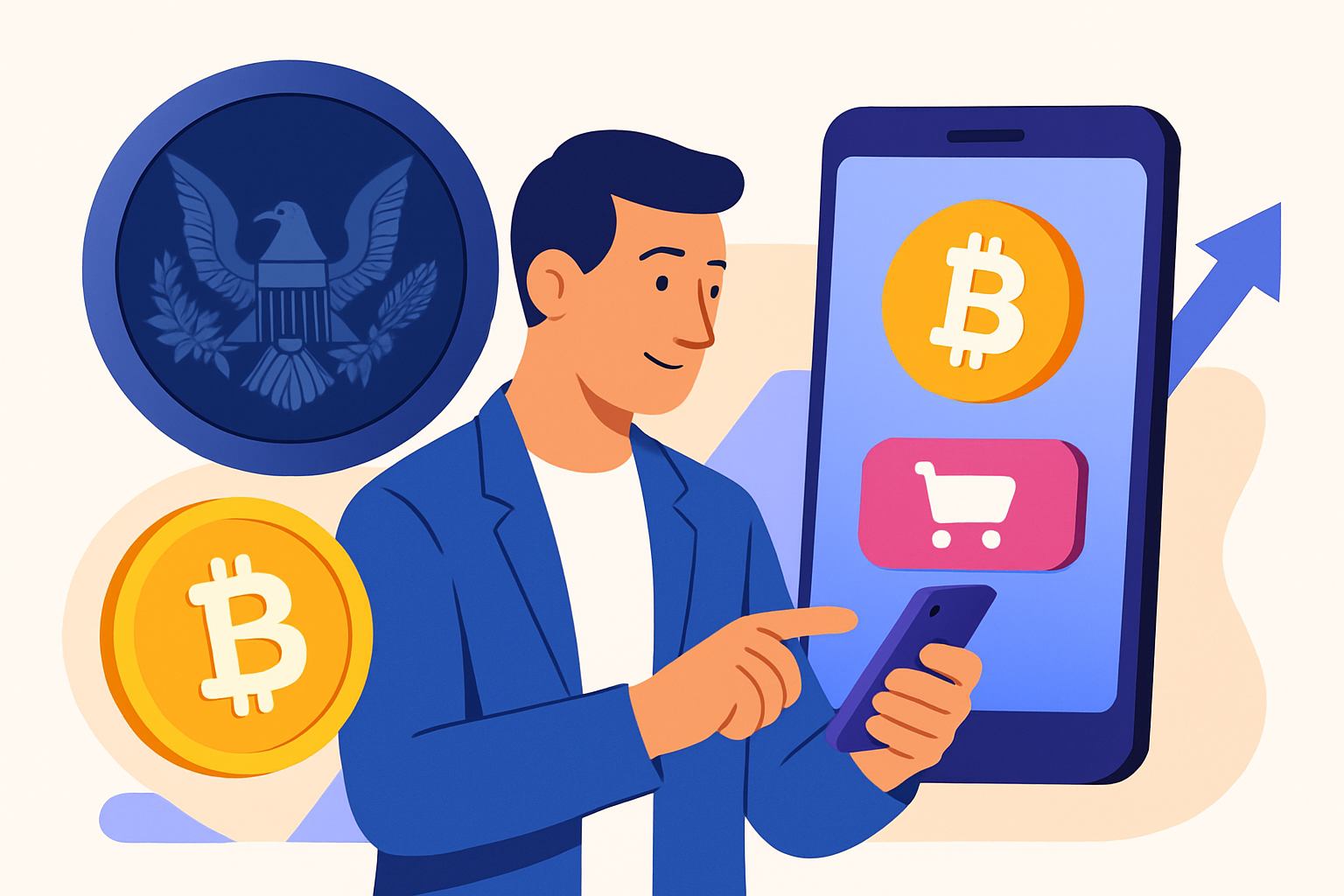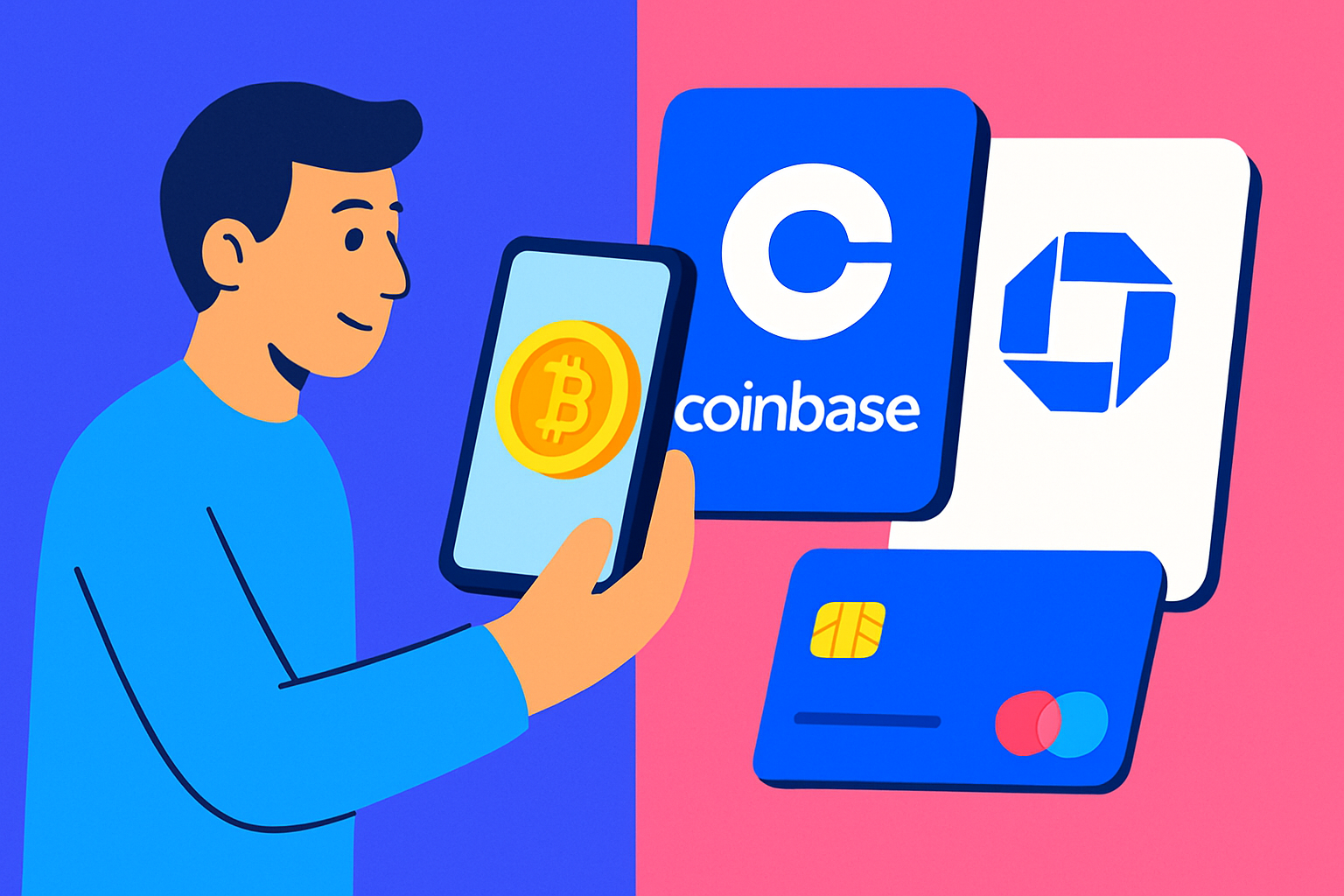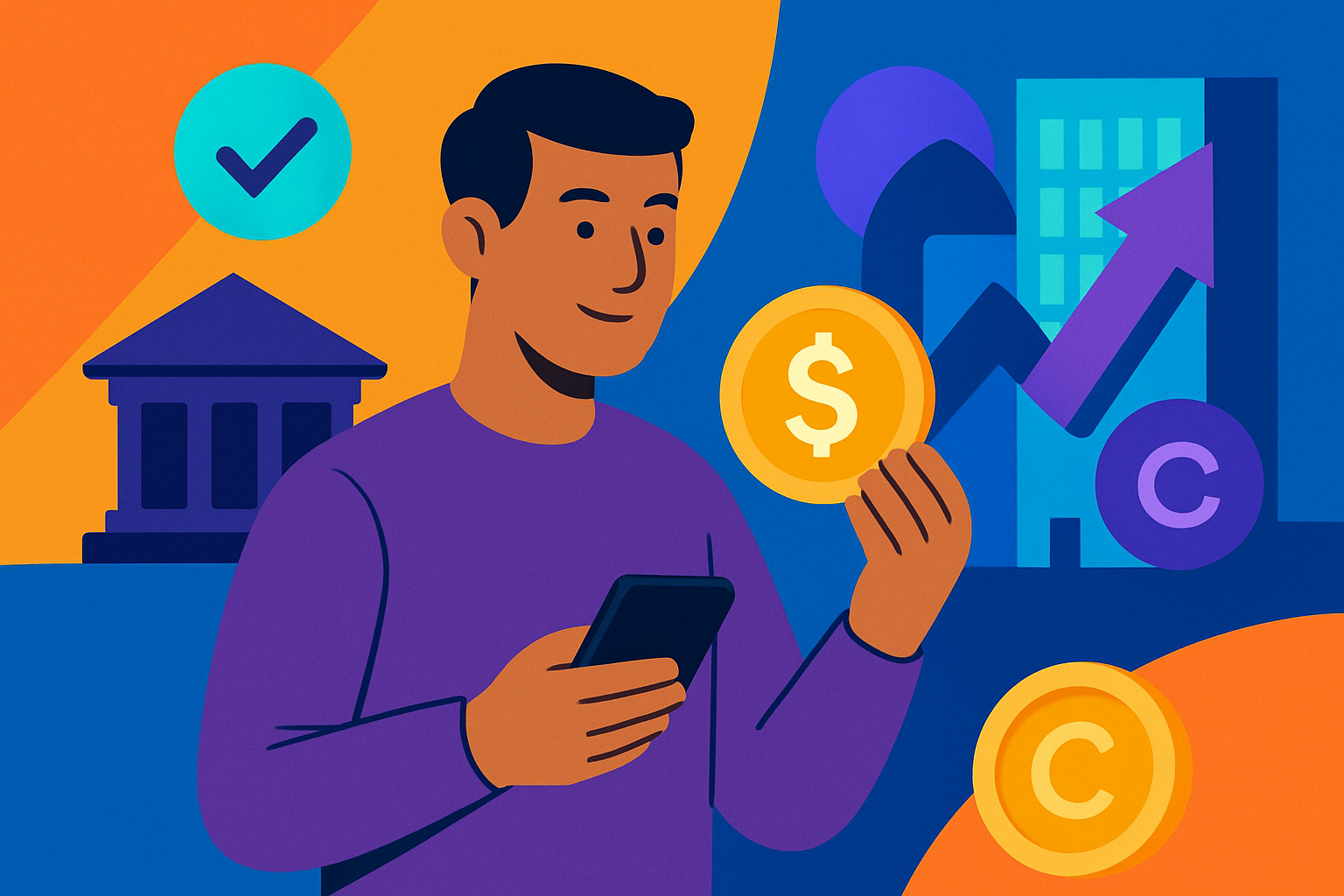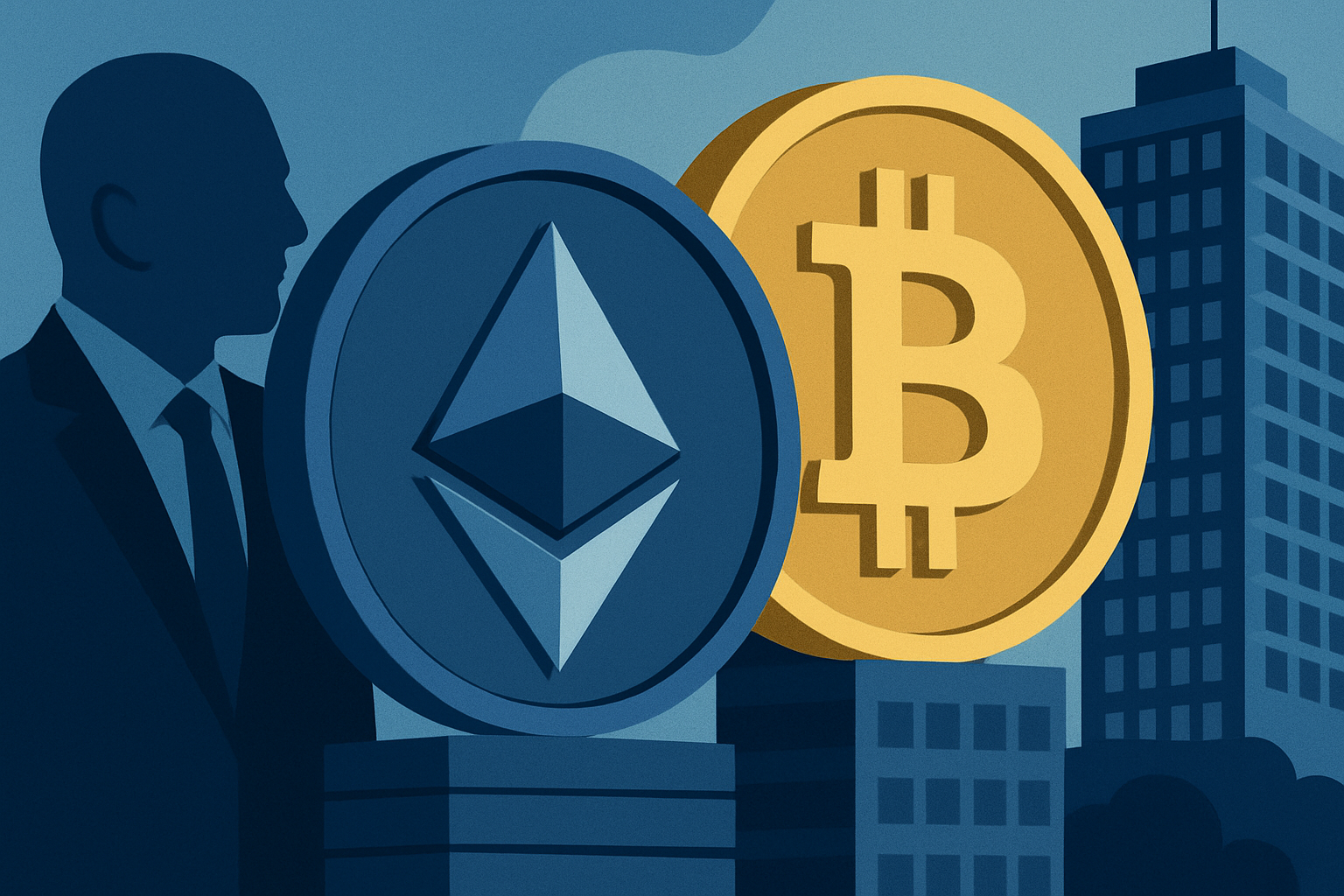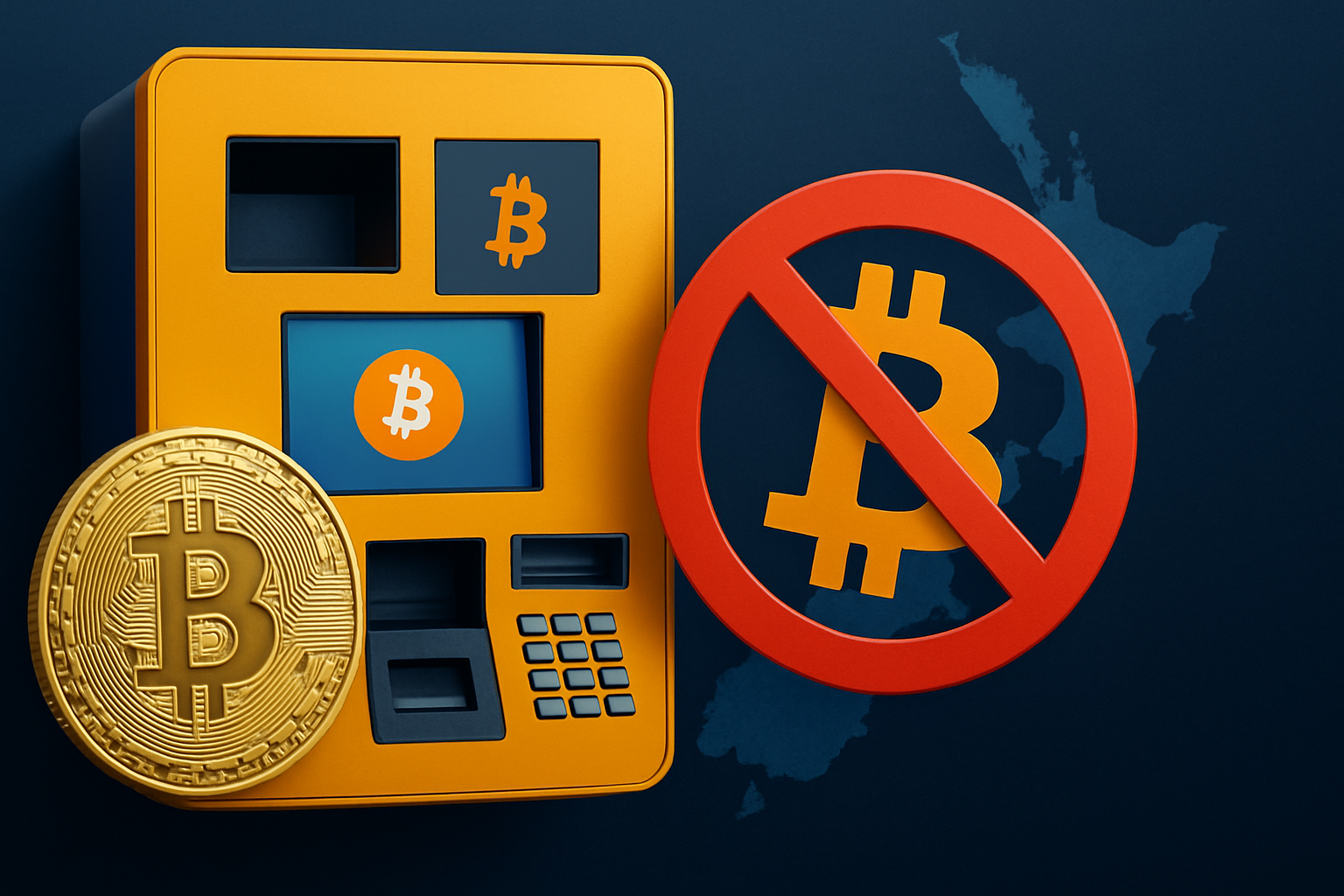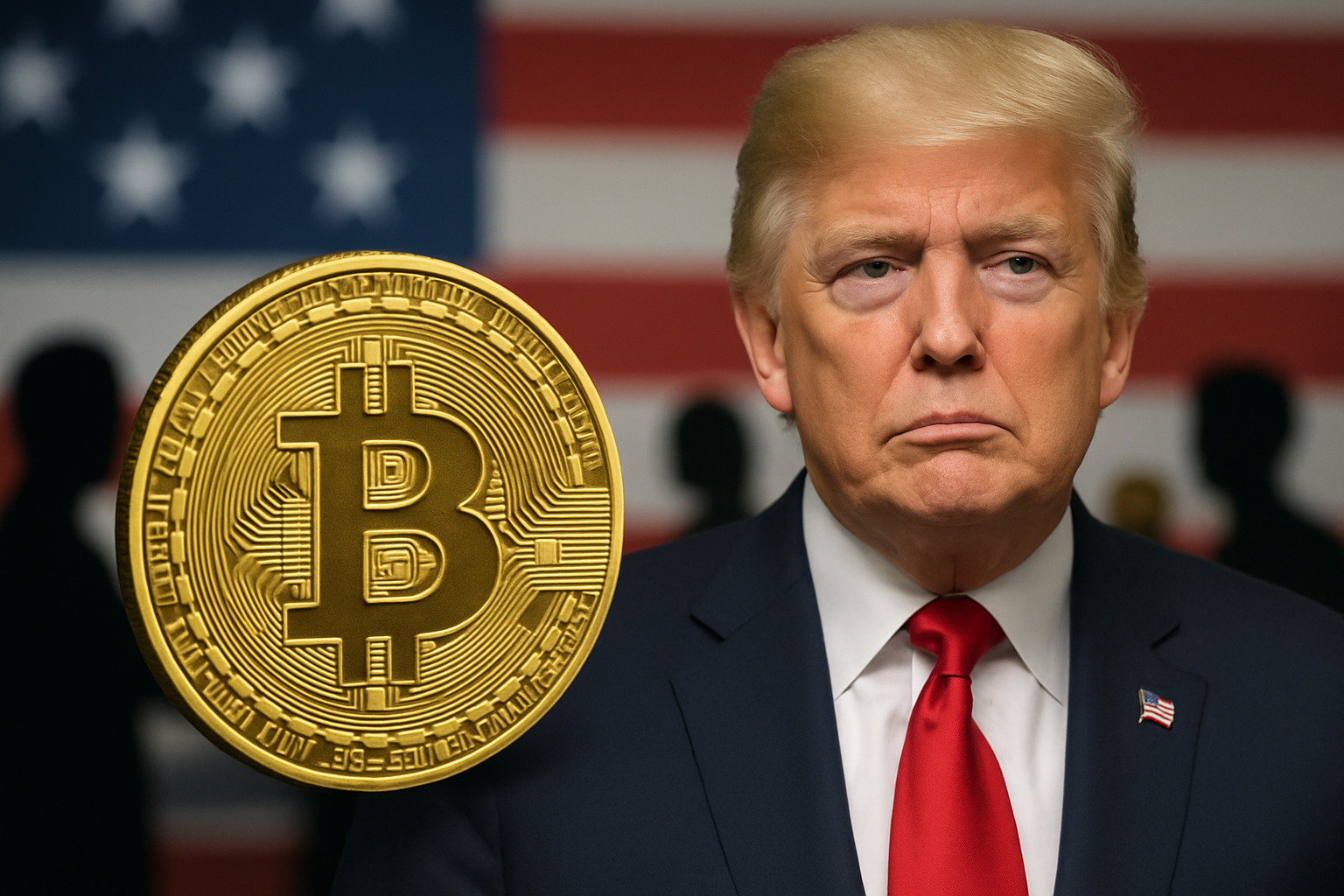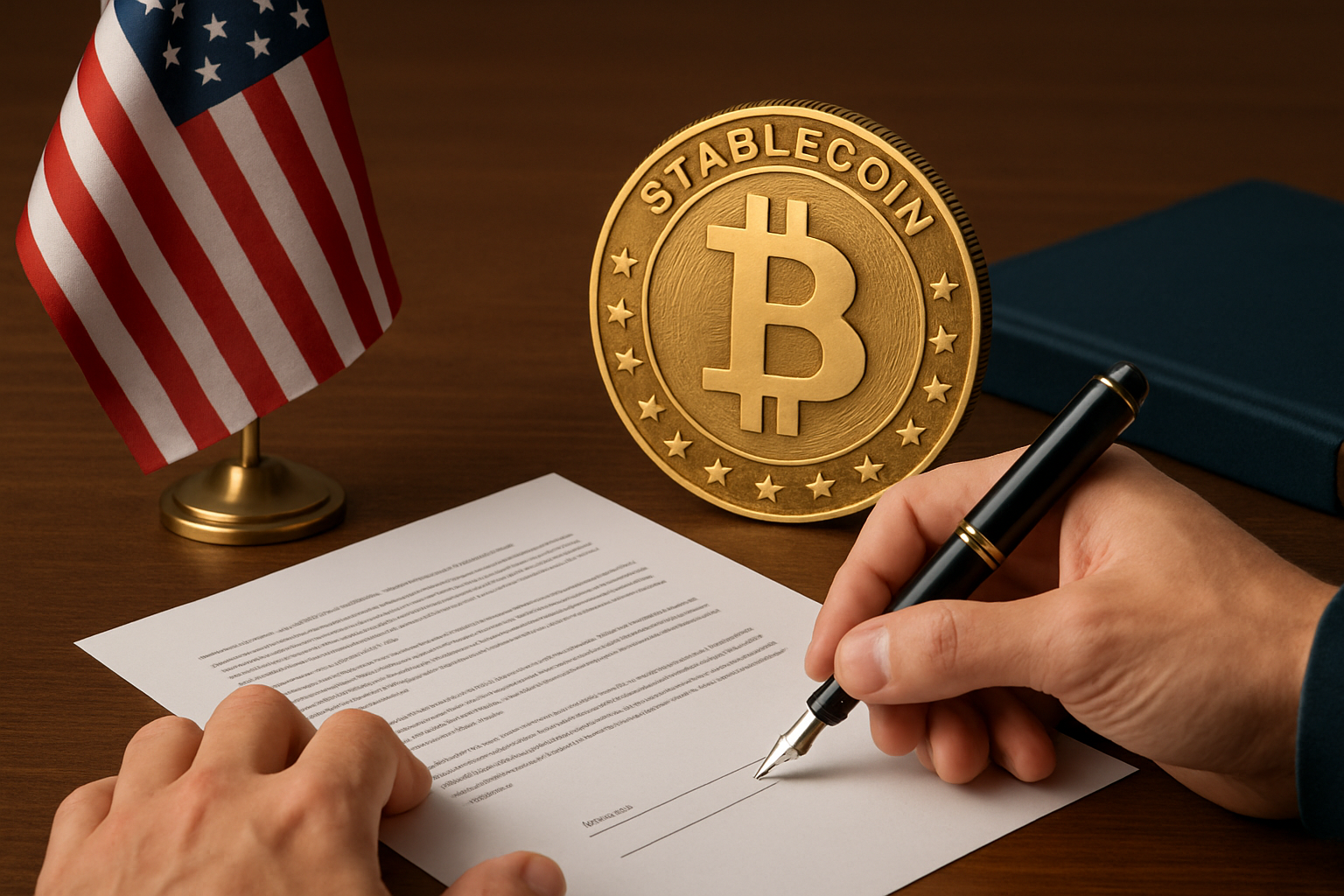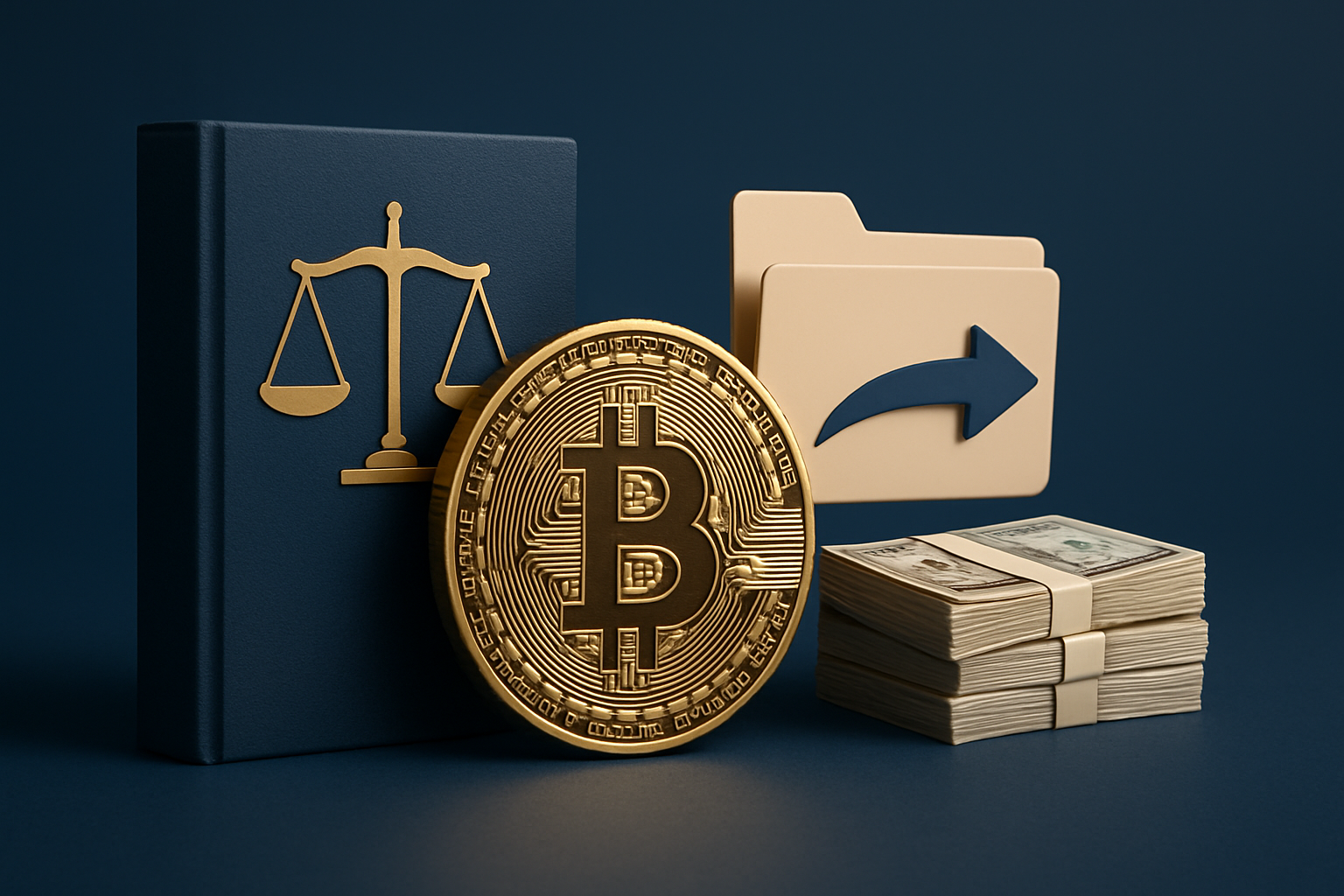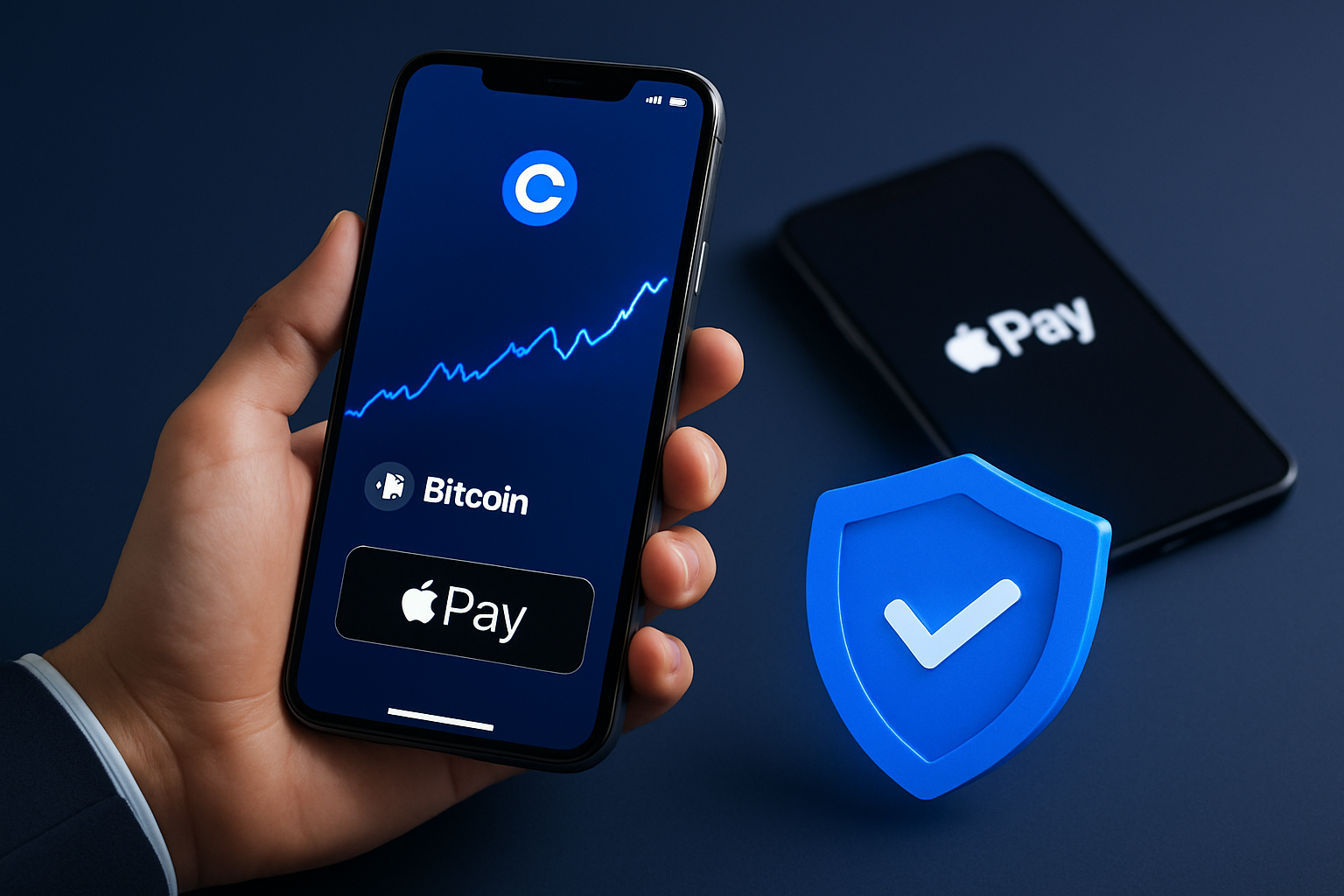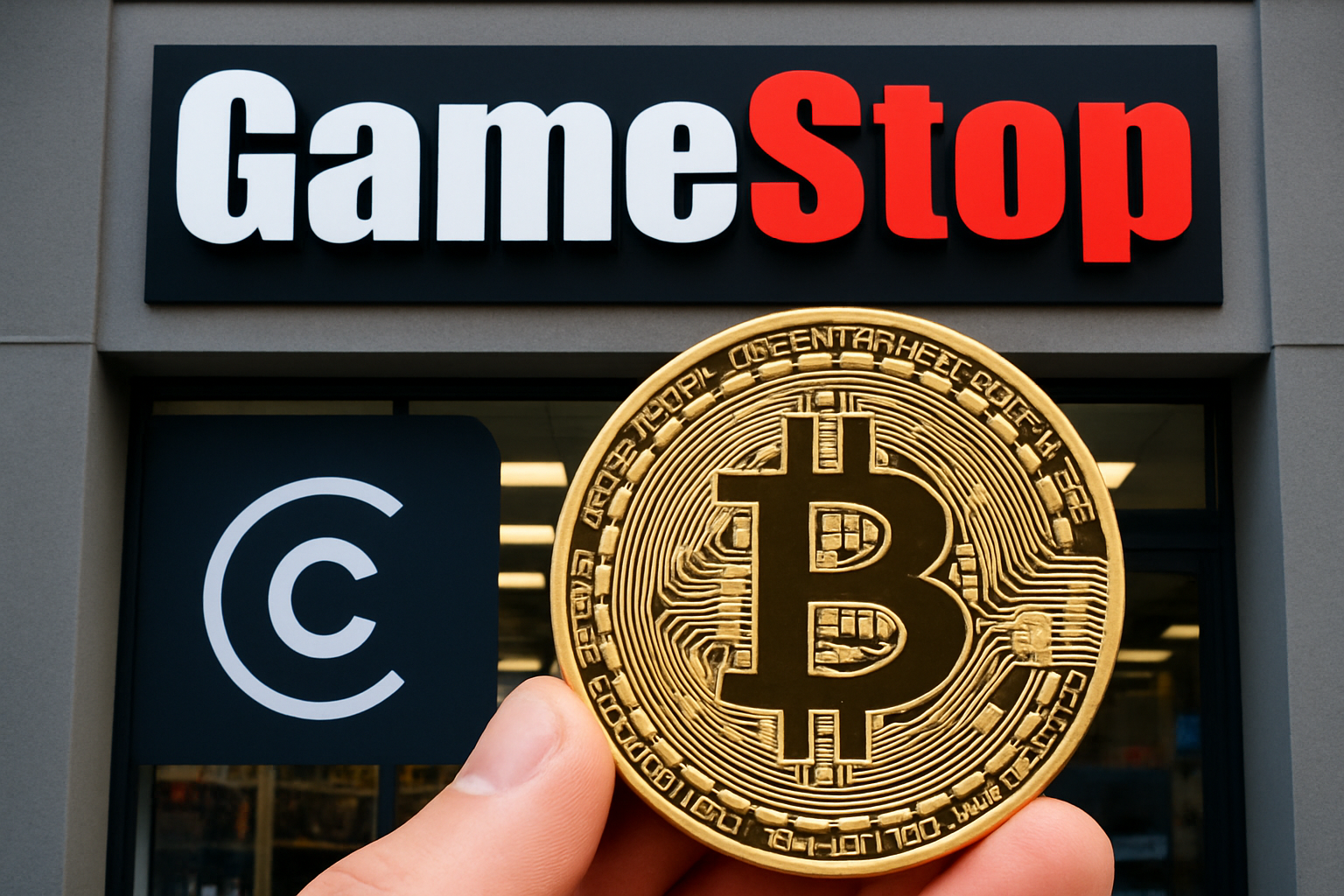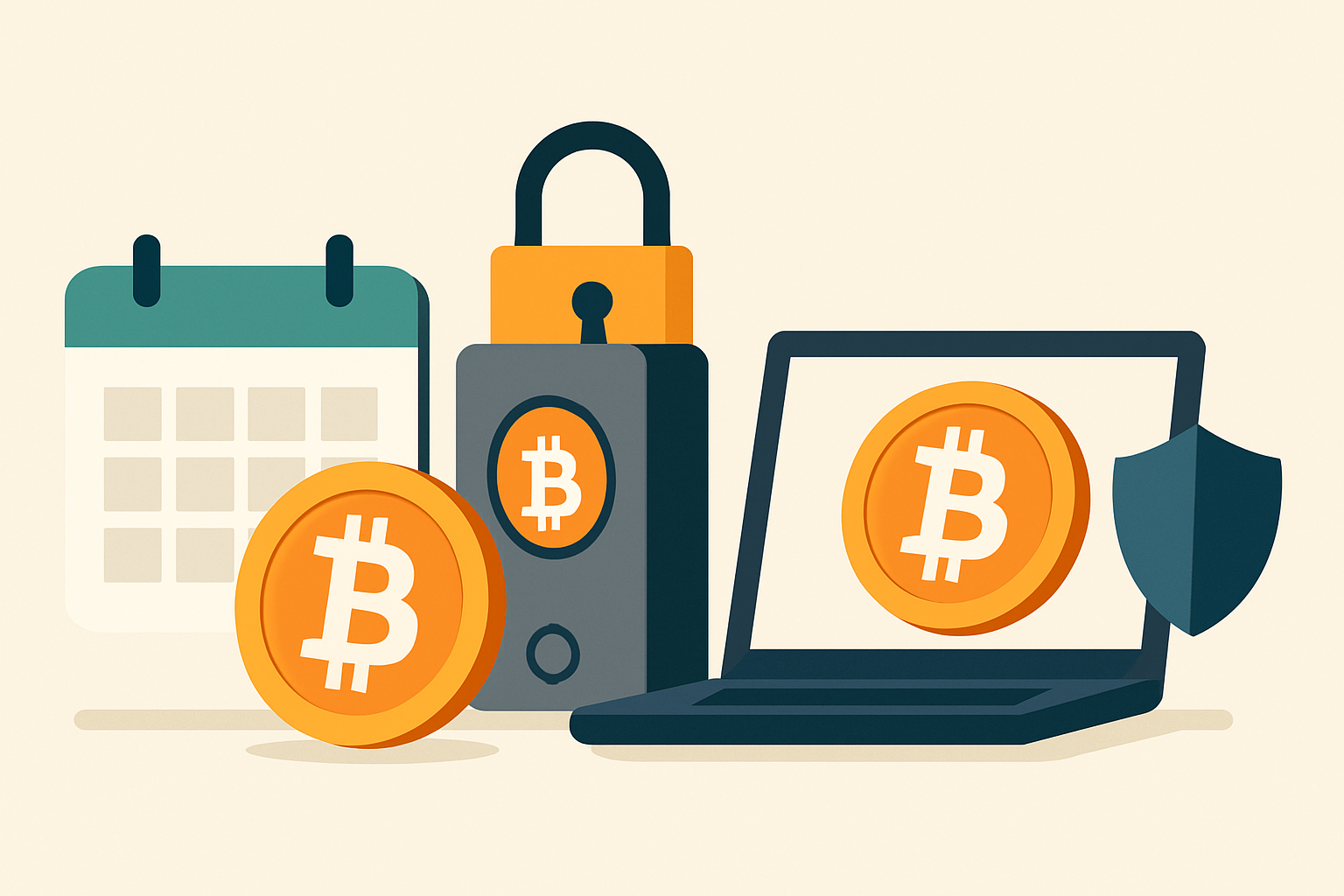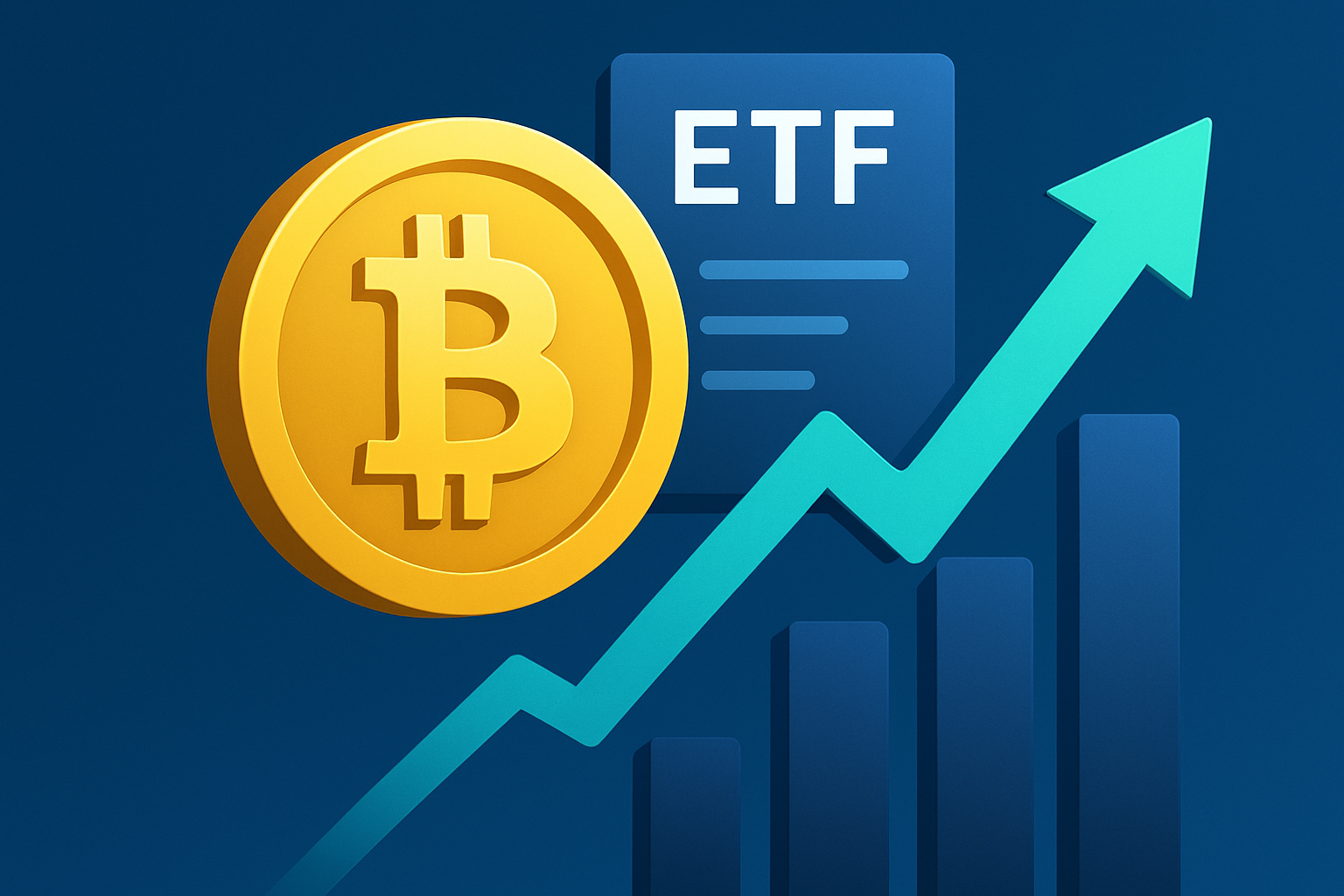For years, the idea of buying cryptocurrency in a retirement account felt out of reach for most...
On August 7,2025, President Donald Trump signed an executive order that could fundamentally reshape how Americans invest...
On August 5,2025, the U. S. Securities and Exchange Commission (SEC) delivered a pivotal update for crypto...
In August 2025, the Philippines Securities and Exchange Commission (SEC) took decisive action against unregistered cryptocurrency exchanges,...
Crypto exchange hacks are accelerating in 2025, with July alone seeing over $142 million stolen across the...
Ethereum’s sharp drop in exchange reserves has become one of 2025’s defining crypto stories. As of August...
Passive investing in cryptocurrency is entering a new era in 2025, thanks to innovative features like Bitget’s...
On July 31,2025, the U. S. Securities and Exchange Commission (SEC) made its most decisive move yet...
The landscape of cryptocurrency adoption in the United States is about to change dramatically, thanks to a...
In 2025, the landscape for buying cryptocurrency has shifted dramatically, driven by two powerful forces: PayPal’s deepening...
Crypto buying in 2025 is getting a major upgrade, and it’s not just because Bitcoin is holding...
Ethereum is on an absolute tear in 2025, standing out as the crypto to watch for investors...
On July 17,2025, New Zealand made headlines by issuing a sweeping ban on all cryptocurrency ATMs, marking...
Trump Media and Technology Group (TMTG), the parent company of Truth Social, has made headlines by amassing...
On July 18,2025, the United States vaulted into a new era of crypto oversight with President Donald...
The crypto landscape is buzzing with two major developments that could reshape your buying strategy: the passage...
The world of cryptocurrency has always been defined by rapid innovation and relentless pursuit of security. In...
Imagine walking into your favorite GameStop and buying a rare trading card with Bitcoin. Not a far-off...
It’s official: Bitcoin has smashed through the $120,000 barrier, and as of July 16,2025, it’s holding steady...
Bitcoin has smashed through yet another barrier, soaring to a new all-time high of $117,099 as of...
Bitcoin’s relentless momentum has once again redefined the crypto landscape. On July 11,2025, Bitcoin shattered expectations by...
The cryptocurrency market just got a major jolt of mainstream attention: Trump Media and Technology Group (TMTG)...
Cryptocurrency mining is undergoing a profound transformation in 2025, driven by the integration of artificial intelligence and...
In a significant move for the digital asset sector, Senator Cynthia Lummis has introduced a comprehensive crypto...
